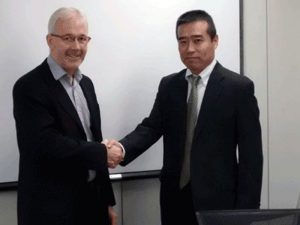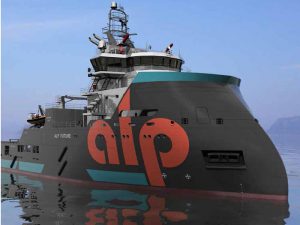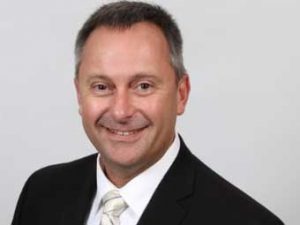
Optimarin CEO pleased USCG wants BW bugs proved dead
Norway’s Optimarin, which claims to be on the brink of full USCG approval of its UV based system, says the decision is good news.
The Coast Guard has told UV system manufacturers that it will not accept the Most Probable Number (MPN) testing method in its approval process. The MPN methodology evaluates organisms on the basis of “viable/unviable,” with most UV systems depositing “unviable” organisms back into the water – meaning they are still alive but cannot reproduce.
The USCG says that FDA/CMFDA test, which judges life forms as “living/dead,” must be the standard for approval.
Optimarin says that having systems with USCG approval is imperative for any shipowner wanting to discharge ballast in U.S. waters after January 1,2016.
“This is a clear indication to the industry that USCG wants absolute certainty with regard to standards – they do not want living organisms deposited in their territory,” comments Tore Andersen, Optimarin’s CEO. “MPN is acceptable for IMO, but that won’t be any consolation to shipowners with global fleets that want the flexibility of sailing in and out of U.S. waters.”
Mr. Andersen notes that while the USCG is currently accepting vessels with approved Alternate Management Systems (AMS) based on testing by another flag state, can discharge ballast in that approval is good for only five years after the vessel’s compliance date.
“At that point, if they haven’t met the USCG’s own ‘instant kill’ standard, they will have to be changed,” says Mr. Andersen. “That’s a burden of potential cost and uncertainty that shipowners operating in today’s tight market shouldn’t have to contend with.”
He says that Optimarin, which has over 20 years of industry experience and installed the world’s first commercial BWT system in 2000, is the only UV manufacturer that is currently within “touching distance” of USCG approval.
Its technology successfully satisfying the FDA/CFMDA criteria during testing this year. Further tests in other water salinities are scheduled for spring 2016, after which point approval is expected later in the year.
Mr. Andersen says the system’s power is the key to its efficacy.
“Each of our system lamps has a 35 kW capacity, which is huge for a UV system. That power instantly kills invasive organisms and that’s exactly what USCG wants to see,” he says.
Optimarin has now sold over 350 of its systems to shipowners across the world, with more than 270 installed, over 60 of which are retrofits.
One major client of the business is Saga Shipholding. Optimarin signed a frame agreement with the open hatch bulk shipper in 2011 and has since gone on to install 26 systems, including eight newbuild installations, on a fleet that currently numbers 32 vessels. The remainder will receive their BWT units during 2016.
Eivind Holte, Senior Technical Manager Saga Shipholding (Norway), notes that Saga’s ships are frequent visitors to the U.S., servicing ports on both the West and East Coasts.
“I can’t overstate the importance of USCG approval to us,” he stresses, “it’s basically a ‘ticket to trade.’ We’re very happy that we chose Optimarin, for both their system’s technology and its compliance, with full USCG approval on the horizon.”
AMS accepted units, he says, present a “real risk.”
“They’re compliant now, but will they be in five years time? The cost of changing existing systems across a fleet to ensure compliance would be disastrous, just disastrous,” says Mr. Holte.
“Making the right choice for BWT systems is crucial,” he says. “Shipowners have to choose systems and suppliers they trust. We did, and that decision, now more than ever, looks to be completely correct.”



